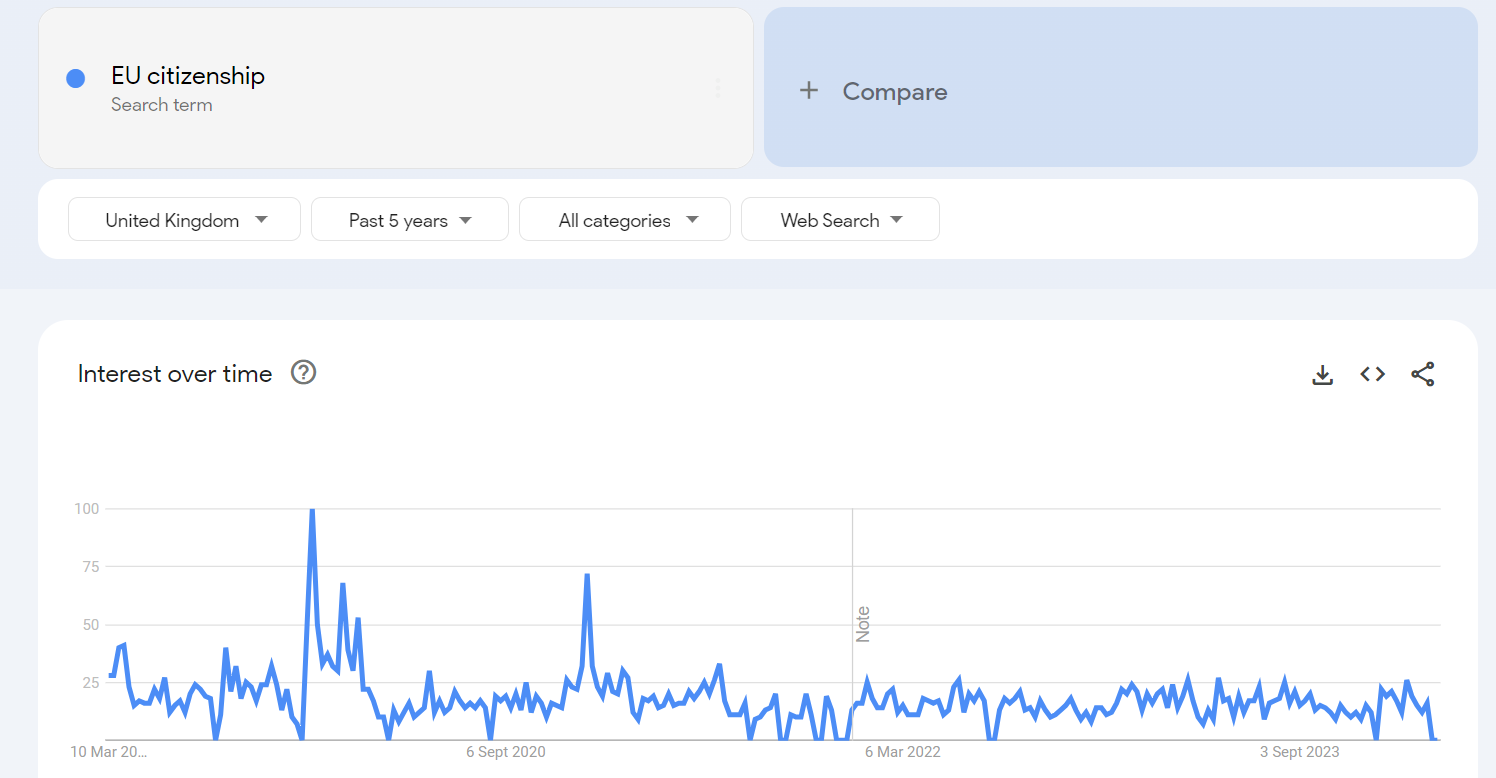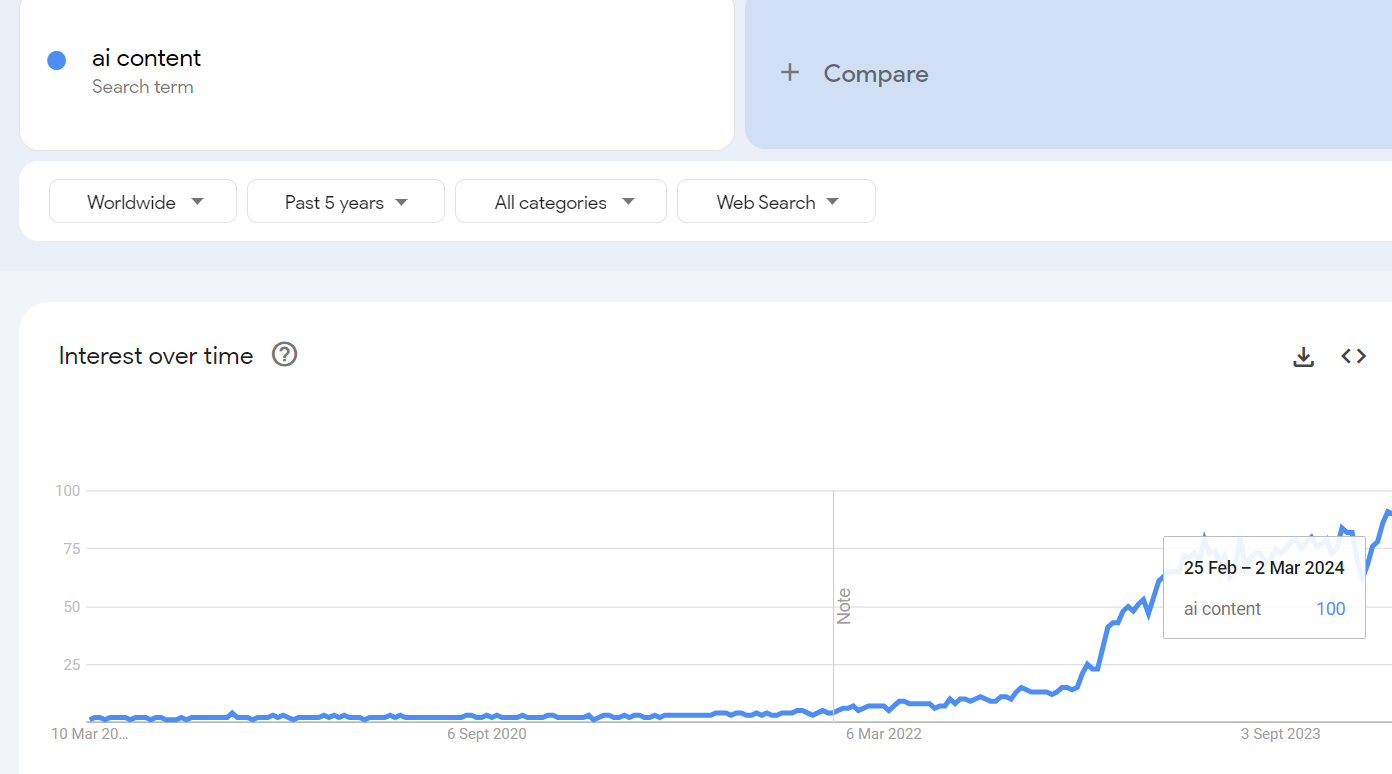Table of Contents
- Home
- »
- Superbrewed Insights
- »
- SEO mistakes and learnings from serial entrepreneur Samantha North
-
Whitney Blankenship
- 6 minutes read time
SEO mistakes and learnings from serial entrepreneur Samantha North
- Home
- »
- Superbrewed Insights
- »
- SEO mistakes and learnings from serial entrepreneur Samantha North
SEO mistakes and learnings from serial entrepreneur Samantha North
Table of Contents

In our latest Superbrewed session, we had the chance to chat with Samantha North, the brain behind Digital Émigré.
Samantha’s journey is unique. She started Digital Émigré after facing her own challenges with immigration post-Brexit and used her experience to help others navigate their path to European citizenship. Since then, Samantha has guided dozens of marketers and entrepreneurs through the challenges of content and SEO and even started her own company that helps early-stage SaaS startups generate revenue through content.
Our conversation with Samantha covered a range of topics, from the basics of setting up SEO on a new site to the common mistakes in content strategy, and even how to build links and partnerships in the content industry. She also shared her thoughts on the use of AI tools for content creation, website content structure, and content freshness.
When asked about her thoughts on AI in content creation, she pointed out the risk of relying too heavily on AI, which can lead to generic, low-quality content flooding the internet. Join us as we explore Samantha’s expertise and discover valuable insights for content creators and SEO specialists.
Digital Émigré and relearning SEO
Samantha’s personal experiences with immigration post-Brexit sparked her foray into founding Digital Émigré. This transition required her to relearn much of what she knew about SEO from her time as a content manager in London, as she aimed to create a platform that would resonate with others facing similar challenges.
“When Brexit happened, my EU rights were taken away from me,” Samantha recalled, highlighting the personal motivation behind her venture. Her journey to Portuguese citizenship became the foundation for Digital Émigré, a site dedicated to guiding others through the complexities of European immigration.

As with every great website, the success of Digital Émigré was not just about sharing Samantha’s story but also about understanding the needs and concerns of her target audience. “Not only British people, but people from the U.S. and all over the world were looking to make a better life for them in a stable place, like Europe,” she explained. This insight led her to create content that addressed the common questions and anxieties of those considering a move to Europe.
Samantha’s engagement with online communities and forums influenced her approach to content creation. “A lot of the security in knowing that other people had this problem came from Facebook groups,” she shared. This interaction allowed her to gauge the general sentiment and tailor her content to address the real issues her audience faced. By keeping a finger on the pulse of her readers’ needs, Samantha developed people-first content that truly resonated with those seeking immigration solutions.
Alongside help from keyword research tools, Samantha’s personal experiences and insights from online discussions paved the way for Digital Émigré’s content strategy. “You can sometimes pick up on the status quo, the zeitgeist, and that people are looking for a solution,” she reflected. This awareness, combined with a deep understanding of her audience’s concerns, enabled her to develop content that answered common questions and provided valuable guidance for those considering a move to Europe.
But that doesn’t mean Digital Émigré’s success came without its challenges.
“When I built Digital Émigré, it went through a couple of iterations,” she explained. Initially, Samantha tried to build it herself and then hired help, but it wasn’t until she invested in a professional designer that the site started to take shape. However, she admitted that in her quest for a perfect design, she ended up with a more complex site than necessary.
This realization led her to adopt a simpler approach for her subsequent websites, focusing on clean and straightforward designs.
One particular aspect Samantha struggled with was the site’s URL structure. “I put category slugs in the URL slug, and they’re stuck there,” she said. This decision, made in the early days of Digital Émigré, resulted in a less-than-ideal navigation system. It’s a mistake she’s keen to avoid in the future, emphasizing the importance of keeping URLs clean and simple.
Reflecting on these experiences, Samantha highlighted the importance of simplicity in both design and URL structure. Done incorrectly, excessive redirects and website redesign projects can affect SEO, making it crucial to get the site and URL structure right from the outset.
Why you shouldn’t be lazy when using AI for content creation
You know what they say: You can’t talk about content in 2024 without mentioning AI.
And if you feel like you’re drowning in a flood of low-quality, AI-generated content that fails to engage readers or reflect the brand’s personality, you’re not alone.
“When lazy people just type in, like, ‘write me an article about dog training,’ they get a very generic-sounding thing that a lot of people will just publish on their sites,” Samantha noted. “I think that is giving AI writing a bad name. In reality, using AI well actually requires a lot of human input.”
In the last two years, searches for AI content have skyrocketed, with tools like ChatGPT and Bard making it more accessible than ever. Still, this accessibility comes with its dangers. Posting AI-generated content without any checks and balances can spread misinformation and damage a brand’s credibility.

To quote an example, when asked to repurpose a blog article on email marketing into a social media post, Bard decided to lead with a hook that stated “90% of people open their emails”—a ‘fact’ that wasn’t written anywhere in the article and, well, one that doesn’t exist.
It’s essential that all content, especially AI-generated content, undergoes rigorous fact-checking and is reviewed for inaccuracies before being published. This ensures that the information shared is accurate and reliable and reflects the organization’s values and standards. With its new platform and a team of skilled subject matter experts, Wordbrew aims to help companies create both on-brand and insight-backed content so they’ll never have to rely on sensationalist AI-generated hooks.
Building links the right way
Backlinks are one of the most important parts of SEO—but only if they come from the right places.
When asked about her favorite methods for link-building, Samantha had plenty of thoughts to share from her experience as an ex-journalist and as an entrepreneur building her own sites from scratch. While she spoke about her intrinsic love for HARO as a journalist, Samantha did mention that the platform, much like digital PR, can be a bit exhausting.
The alternative? Good ole guest posts… or so we thought.
She remarked about a recent guest post request, “It was such low-quality writing, I couldn’t allow it on my site.”
Most guest posts today are written to get a link with zero regard for the brand or site where they’re meant to be posted. Often, guest posts have no real structure, poor-quality writing, and thin content that doesn’t catch the eye. To stand out, Samantha suggests focusing on content that is genuinely beneficial to the publication, looking at what they’re ranking for, and identifying keyword opportunities that a guest post could fill.
Podcasting is another strategy Samantha finds valuable for link building, not just for the backlink but also for the broader reach and repurposing potential. “The backlink is quite a minor part of it,” she explained, emphasizing the overall benefits of appearing on podcasts. While she has yet to participate in as many podcasts as she’d like, she sees it as a promising avenue for expanding her reach and building links in a more engaging and personal way.
Maintaining content freshness in the uncertain immigration space
Google values content that’s accurate, helpful, and up-to-date. But how can you maintain content freshness in the immigration industry where new laws are passed every other month, and rules can change every week?
As someone constantly scouring the news for the latest immigration information, Samantha knew how dangerous it could be to post content that wasn’t updated. “Particularly in Portugal last year, there have been a lot of changes to immigration schemes, tax schemes, all of that. And a lot of it is an unfolding situation,” she said. “In that situation, what I’ve been doing is putting kind of an alert box at the top of the article… like a little update on the current situation and the date because it was changing so fast that it didn’t make sense to update the whole thing.”
Maintaining this kind of content accuracy becomes even more important in YMYL (your money or your life) niches, where one wrong piece of information can have grave consequences.
Want to publish authentic, up-to-date content that speaks to your audience? Every piece Wordbrew creates is produced by subject matter experts, so your content is always led by humans. Sign up today and get your first blog free.
